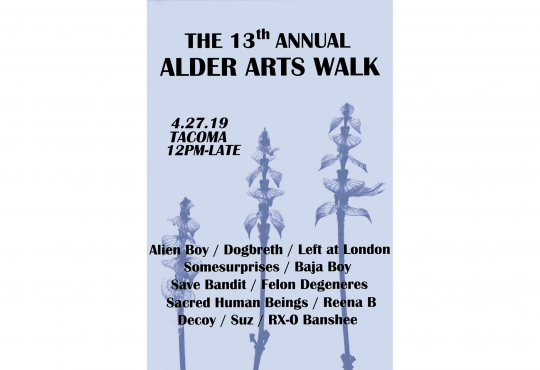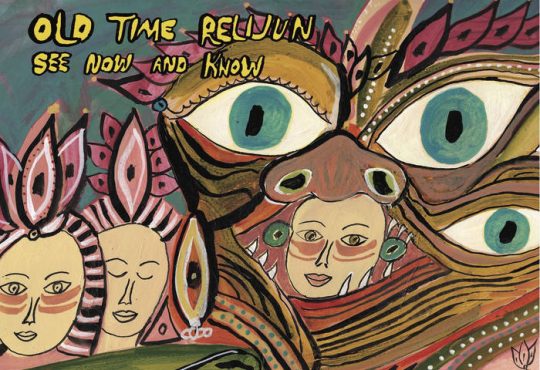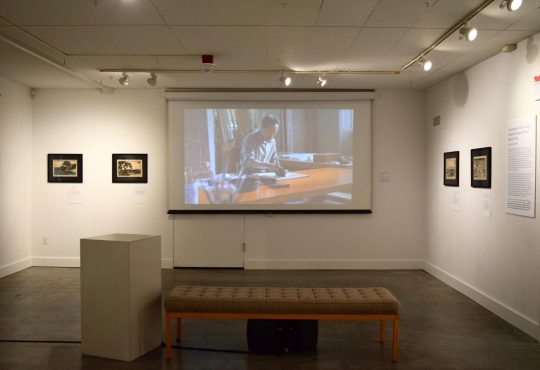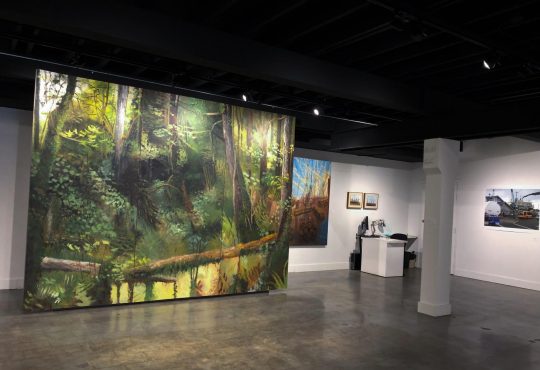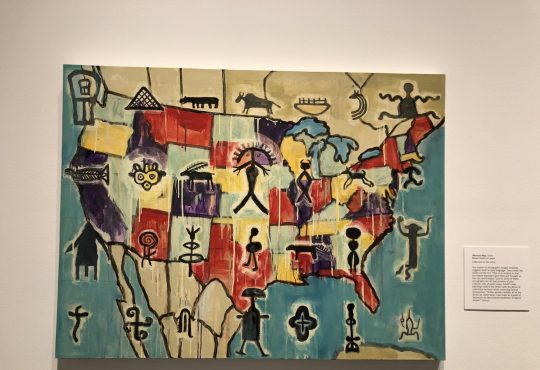Collins Library features new exhibit that explores the many intersections of art and science
Collins Memorial Library will be featuring an exhibit by artist Diane Stemper from March 25 to May 25. The exhibit, called “Out of Scale: Artist’s Books and Collections,” presents artwork and artist books that interweave aspects of science and art. This includes much artwork paying homage to Charles Darwin, whose 200th birthday was celebrated four years ago, on Feb.12, 2009.
One section of the exhibit features several petri dishes and three steps, guiding people in creating the art displayed. Step one asks people to find a book, look for a “fact,” and cut out the fact so that it fits in the petri dish. In step two, people are asked to pick out a petri dish and place the fact inside. Step three of this project asks to add a solid or liquid to the “fact.”
The artwork resulting from this project includes petri dishes with pinecones, water, sticks, leaves, string, and other objects. Some of the facts are folded up to fit in the petri dish, and others are cut into interesting shapes.
One fact has a quote that reads, “The Big Dipper is really the largest clock we have.” Another contains pictures of petri dishes and the words “Don’t come near me” in large letters. Several facts have drawings of and quotes about planets, stars and other celestial bodies.
The petri dishes, shown under a glass case, are also organized around a few scientific books, including some by Darwin, that are open to various pages. Some of the pages discuss lab procedures while others explain the theory of evolution, along with other science-related subjects.
The petri dishes gave Stemper inspiration for her later works, such as a piece about round space called “Compendium: Cell,” a commemoration of Darwin’s 200th birthday called “Darwin’s Darlings,” and other artist books that comment on the interactions and impacts of nature and science.
Also included in the exhibit are artistic examinations of the life cycles of both real and fictional creatures, called Insectlopedia and Dust Gardens.
The rest of the exhibit includes, among other pieces, Stemper’s mixed media artist books, many of which resemble dioramas and other three-dimensional forms of art. Two of these are called “Spring on the Farm” and “Strain,” representative of different aspects of nature. One artist book on display, in the form of a normal book, is called “A Material Past.”
Other than the mixed media artist books, there are other forms of art inspired by interactions with science and nature. Several of Stemper’s drawings with ink and pen are on display, such as one called “Collect, Observe, Remains.”
Another section of the exhibit shows a collection of wall drawings called Luminous, which shows several drawings of light bulbs.
Likely part of Stemper’s work Insectlopedia was more three-dimensional pieces of art centered around insects, two of which were called “The Gentle Worm” and “At Home With Insects.”
When looking around at these pieces of art, I got a strong sense of Stemper’s scientific and natural inspiration, especially with the work of Charles Darwin.
However, the art wasn’t lost among the science; rather, the two fields complement each other, and they don’t seem so much like polar opposites in this exhibit.
It seemed to make perfect sense to create mixed media describing the life cycles of insects, or to decorate a petri dish with words and plant matter.
Stemper’s artist books are meant to convey how she saw her environment in small and large ways, and it only makes sense that she would see the art in her environment as much as the nature.
Those interested in learning more about this exhibit can attend a workshop on April 20. Registration is required for attendance. For more information, contact Jane Carlin at jcarlin@pugetsound.edu.

